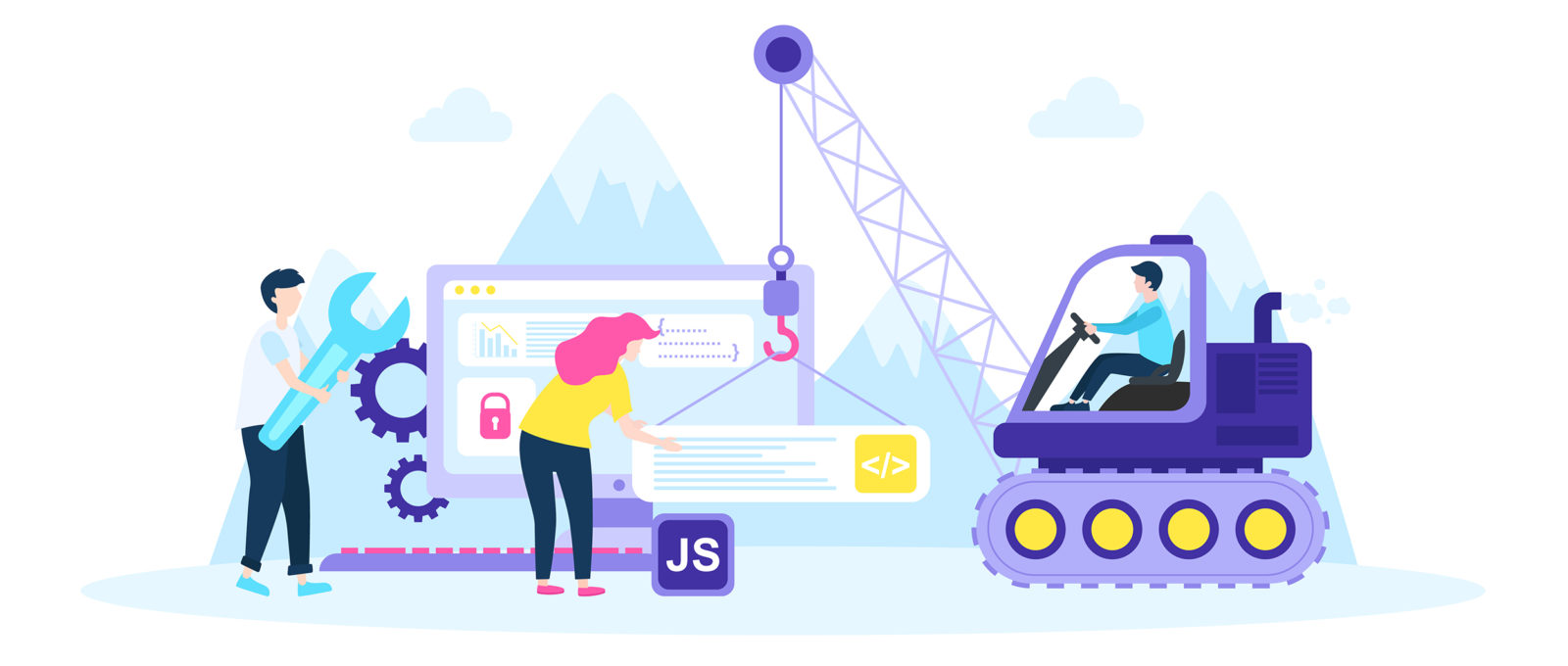Interested In Finding Out How Web Site Style Has Evolved Throughout The Years? Check Out The Trip From Uncomplicated Designs To User-Centered Strategies
Interested In Finding Out How Web Site Style Has Evolved Throughout The Years? Check Out The Trip From Uncomplicated Designs To User-Centered Strategies
Blog Article
Content By-Kinney Peters
In the past, internet sites were easy and concentrated on info. Navigating was direct, and design was for desktops. Currently, customer experience is vital. Information overviews layouts for easy navigating. official website suit various gadgets. Today, dark mode reduces pressure, and minimalist food selections boost navigation. Interactive attributes involve individuals, and strong visuals stand apart. AI integration increases interaction. See exactly how style has actually developed to enhance your online journey.
Early Days of Web Design
In the early days of web design, simplicity reigned supreme. Internet sites were standard, with restricted colors, fonts, and layouts. The emphasis was on giving details instead of flashy visuals. Individuals accessed the web via slow dial-up connections, so rate and functionality were key.
Navigation menus were straightforward, typically situated at the top or side of the web page. Web sites were developed for computer, as mobile browsing had not been yet prevalent. Material was king, and designers prioritized very easy readability over intricate style aspects.
HTML was the main coding language used, and designers had to work within its constraints. Computer animations and interactive functions were minimal compared to today's requirements. Sites were fixed, with little vibrant web content or personalized customer experiences.
Rise of User-Focused Style
With the advancement of website style, a change in the direction of user-focused design principles has become increasingly noticeable. Today, producing web sites that focus on individual experience is crucial for engaging site visitors and attaining business goals. User-focused design includes comprehending the demands, preferences, and behaviors of your target audience to tailor the internet site's design, material, and includes as necessary.
Designers currently perform detailed research, such as individual studies and usability testing, to gather insights and comments straight from customers. This data-driven method helps in creating instinctive navigation, clear calls-to-action, and aesthetically attractive interfaces that reverberate with visitors. By placing the user at the facility of the layout procedure, sites can deliver a more individualized and pleasurable experience.
Responsive layout has additionally become a crucial aspect of user-focused design, guaranteeing that internet sites are optimized for numerous tools and display dimensions. This adaptability improves access and use, satisfying the diverse ways individuals engage with web sites today. Basically, the surge of user-focused design represents a shift towards producing digital experiences that focus on the requirements and assumptions of the end customer.
Modern Trends in Website Design
Check out the most up to date fads forming web design today. One famous trend is dark mode style, offering a streamlined and modern-day appearance while reducing eye stress in low-light settings. One more essential fad is minimal navigation, simplifying menus and enhancing customer experience by concentrating on essential elements. Incorporating micro-interactions, such as animated switches or scrolling results, can produce a much more interesting and interactive web site. Responsive layout stays essential, making sure smooth individual experiences across numerous gadgets. Furthermore, using vibrant typography and unbalanced layouts can include visual interest and draw attention to certain material.
Incorporating AI modern technology, like chatbots for client support or customized referrals, improves customer engagement and simplifies processes. Accessibility has also become a considerable trend, with developers prioritizing comprehensive style techniques to accommodate varied user demands. Embracing sustainability by optimizing website performance for speed and effectiveness is one more arising fad in website design. Collaborating with individual feedback and information analytics to repeat and improve style continually is vital for staying relevant in the ever-evolving digital landscape. By welcoming these modern trends, you can develop a visually appealing, user-friendly website that resonates with your target market.
Conclusion
As you assess the development of internet site layout from the early days to now, you can see exactly how user-focused layout has come to be the driving force behind modern patterns.
Welcome the trip of modification and adjustment in web design, always keeping the customer experience at the center.
Tippingpointdigital
Keep current with the latest patterns and technologies, and never ever stop advancing your strategy to develop visually magnificent and user-friendly sites.
Progress, adapt, and develop - the future of web design remains in your hands.
